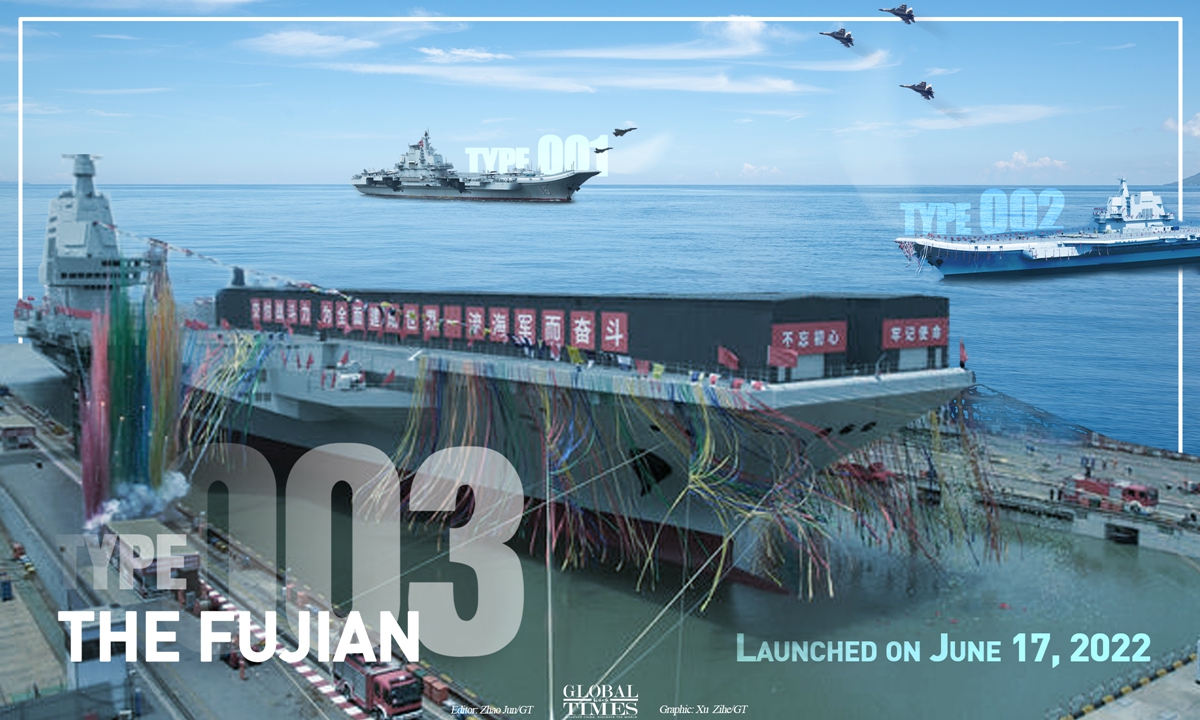ST1976
FULL MEMBER

- Joined
- Jul 25, 2006
- Messages
- 878
- Reaction score
- 0
- Country
- Location
40 countries with the highest military expenditure in 2022
Spending figures and GDP are in US dollars, at current prices and exchange rates. Changes are in real terms, based on constant (2021) US dollars. Percentages below 10 are rounded to 1 decimal place; those over 10 are rounded to whole numbers. Figures and percentage shares may not add up to stated totals or subtotals due to the conventions of rounding.United States 877
China [292]
Russia [86.4]
India 81.4
. = data not available or not applicable; [ ] = estimated figure; GDP = gross domestic product.a Rankings for 2021 are based on updated military expenditure figures in the current edition of the SIPRI Military Expenditure Database. They may therefore differ from the rankings for 2021 given in SIPRI Yearbook 2022 and in other SIPRI publications released in 2022. b The figures for military expenditure as a share of GDP are based on estimates of 2022 GDP from the International Monetary Fund World Economic Outlook and International Financial Statistics databases.Sources: SIPRI Military Expenditure Database, Apr. 2023; International Monetary Fund, World Economic Outlook Database, Oct. 2022; and International Monetary Fund, International Financial Statistics Database, Sep. 2022
.
=> THE WORLD’S LARGEST MILITARY SPENDERS IN 2022The 15 largest spenders in 2022 together accounted for 82 per cent of world military expenditure, or $1842 billion (see table 1). There were some notable changes in ranking among the top 15 between 2021 and 2022, which were largely attributable to the war in Ukraine that started in February 2022. Russia, for example, increased its spending by an estimated 9.2 per cent to move from fifth to third largest spender in the world in 2022, while Ukraine entered the top 15 for the first time (at rank 11) after a 640 per cent increase in its military expenditure. Other notable changes among the top 15 included Saudi Arabia moving from eighth to fifth largest spender, ahead of the United Kingdom, Germany and France.
The United States (accounting for 39 per cent of world military spending in 2022) and China (13 per cent) remained the two largest spenders, with Russia (3.9 per cent), India (3.6 per cent) and Saudi Arabia (3.3 per cent) completing the top five (see figure 2). Together, these five countries accounted for 63 per cent of total global military spending in 2022.Six countries in the top 15 increased their military burdens—that is, military expenditure as a share of gross domestic product (GDP)—in 2022: France, Germany, Japan, Russia, Ukraine and the UK. At 34 per cent of GDP in 2022, Ukraine’s military burden was by far the largest of any country in the world. The 30 percentage point growth in Ukraine’s military burden was the result of a sharp contraction in its economy coupled with a more than sixfold increase in its military spending.
.
=>
The top 15 military spenders, 2022
The top 15 military spenders, 2022
Military expenditure by the top 15 countries reached $1842 billion in 2022 and accounted for 82% of global military spending.
=> https://en.wikipedia.org/wiki/List_of_countries_by_military_expenditures#Military_expenditure,_total
Last edited:








